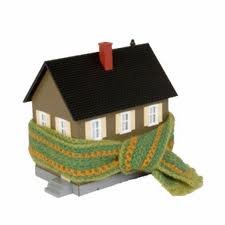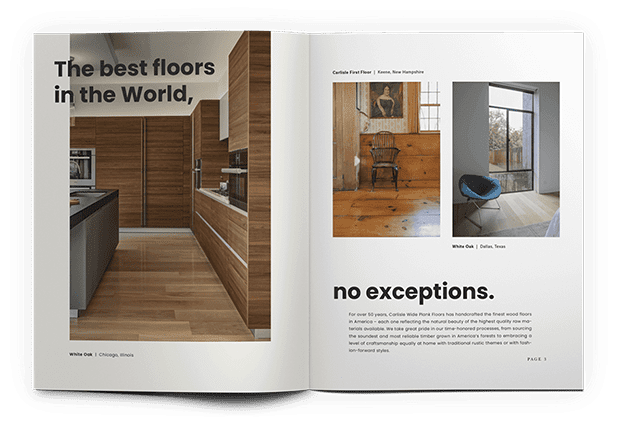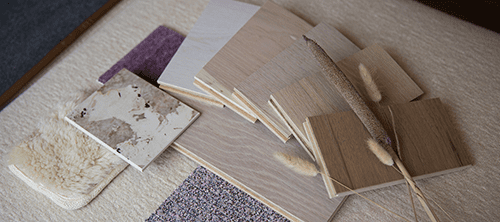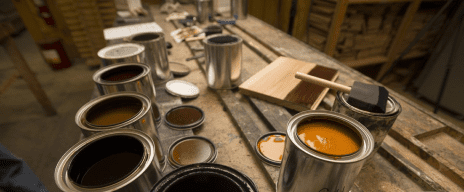Stay Warm, Save Money & Be Safe: How to Prep Your Home for Winter

“When a homeowner does not prepare his home for winter, he may as well leave a window open.”
 This little nugget is from Bill Stack, the energy efficiency representative for the utility company NSTAR. Preparing for winter entails more than putting the storm windows on, however. Read on to get your home ready for the frigid temps ahead.
This little nugget is from Bill Stack, the energy efficiency representative for the utility company NSTAR. Preparing for winter entails more than putting the storm windows on, however. Read on to get your home ready for the frigid temps ahead.
Eliminate Hidden Leaks
Check the following areas for leaks:
- Switch plates and electrical outlets – Insulation gaskets (outlet gaskets) are available at most hardware stores. Purchase UL-listed gaskets that are made of fire-retardant foam. Remember to count all your outlets and switch plates before you head to the store. Also, make a note of how many are single and double or quadruple.
- Pipes, electrical conduits and vents – Use caulk to fill small gaps and a foam sealant for the larger ones.

Endless Inspiration for the Floor of Your Dreams
GET DESIGN BOOKInspect Exterior Doors
To check for gaps, close the door on a dollar and then try to pull it out. If it pulls right out, you need to add weatherstripping to create a tighter seal.
- If you have a storm door that jiggles, the pocket of air used for insulation between the two doors is missing. The majority of storm doors come with an adjustable strike plate, which is the metal tab on the doorjamb that has a hole in it. To adjust it, just move it up and down.
- Install a door sweep. A door sweep is a long rubber or metal extension you nail to the door to close any gaps between the base of the door and flooring. You should also install these sweeps on your attic and basement doors.
Clean Chimneys & Wood Stoves, Have Furnace Inspected
The U.S. Fire Administration states nearly 40 percent of rural residential home fires are due to home heating systems. Many times, these fires occur because of creosote buildup in stove pipes and chimneys. You need to have your wood stove, chimney and/or furnace cleaned and inspected by a certified professional yearly.
- Close the flue whenever your fireplace is not in use. Even after you close the flue, heat is still lost. If you want an airtight fireplace, hire a contractor to install a glass door that has vents on the bottom.
- Make sure you change your furnace filter monthly. A clogged filter makes your furnace work harder.
- Install a programmable thermostat so your home remains cooler while you are gone and warms up before you arrive home. According to the Environmental Protection Agency and DOE, a programmable thermostat can save you nearly $200 a year.
Carbon Monoxide Detectors, Fire Extinguishers & Smoke Alarms
- Check your carbon monoxide detectors. The maximum shelf life of your carbon monoxide detector is seven years. Replace your smoke alarm at least every 10 years.
- Make sure your fire extinguisher’s gauge indicates it is charged. If it is not, call a fire extinguisher company in your area or purchase a new one.
- Change the batteries in your carbon monoxide detectors and smoke alarms.
- You should have at least one smoke alarm and carbon monoxide detector on each level. Each bedroom also needs its own alarm and detector.
- To avoid false alarms, never place your carbon monoxide detectors within 15 feet of your furnace, gas appliances or fireplace.
Even if you have a monitored fire alarm and carbon monoxide home security service, you still need to check your devices. Most of these systems work in combination with your existing devices.
Windows
The DOE states 10 percent of the air leaking out of a home exits via the windows.
- Just turning the window latch makes it more energy-efficient by pulling the two panels together creating a seal. If your windows are not lining up correctly, look at the top pane. You may need to push it up.
- Apply weatherstripping between the window frame and the sash, and caulk around the window frames to eliminate air leakage.
Wood Floors and Interior Architecture
Depending on where you live in the country, you may be exposed to variable temperatures throughout the year. With the onset of colder weather, also typically comes a drier interior environment for your floors. This can impact interior architecture made from wood like your doors, and your wood floors.
When the interior environment of the home is drier, it causes the wood to “lose” moisture. This, in turn, causes the wood to contract, or get smaller. You will typically notice that yoru doors, which might have been a little harder to close during the more humid months, are now very easy to manueaver. And you may notice small gaps appear between your boards – this can happen with solid hardwood floors or even engineered wood flooring. Don’t be alarmed, this is very normal process to seasonal changes. You can read more about how environmental changes affect your wood floors here.
To minimize changes in your wood and interior architecture, you can set up humidifiers in the home, or you may already have a central air system set up to monitor, and adjust humidity levels.




